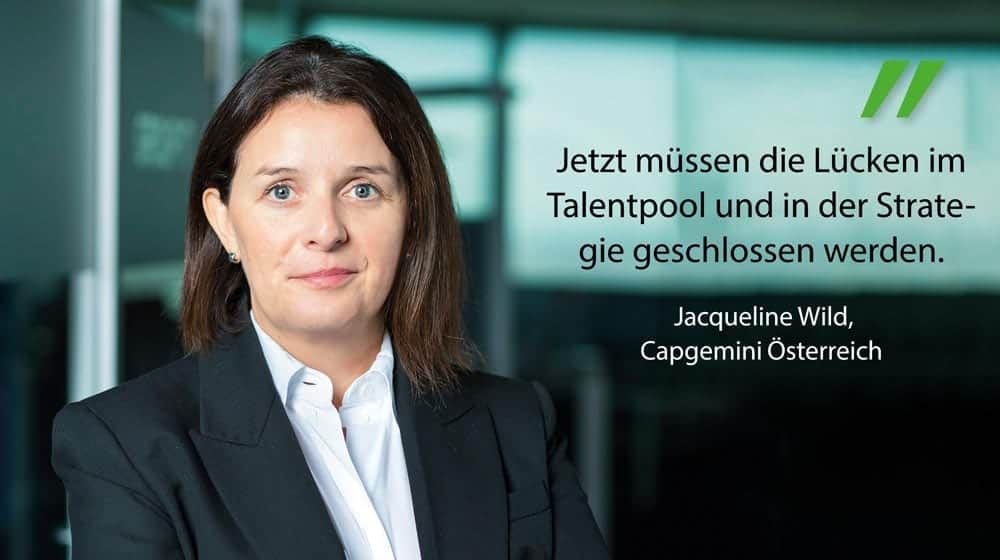Automotive industry in the fast lane
![[shutterstock.com: 712118752, Avigator Fortuner]](https://e3mag.com/wp-content/uploads/2020/02/shutterstock_712118752.jpg)

The automotive industry plans to increase its investment in building smart factories by more than 60 percent over the next three years, putting it ahead of other industries.
Productivity gains of more than $160 billion are possible by building smart factories, according to a recent Capgemini Research Institute study, "How Automotive Organizations can Maximize the Smart Factory Potential."
To realize this potential, companies need to comprehensively scale their smart factory initiatives and invest in the skills of their employees as well as in their IT systems.
The study sheds light on where automotive manufacturers (OEMs) and suppliers stand today on the topic of smart factories and compares the results with comparable studies from 2017/18.
It is clear that both the projected investment levels and productivity gains associated with smart factories are significant. However, only a small proportion of automotive companies are also in a position to fully exploit the benefits through comprehensive scaling.
The Capgemini study classifies 72 percent of automotive companies as "beginners". The "beginner" group includes companies that are unable to afford the costs of the smart factory.
Only ten percent are "trailblazers" and thus equipped to exploit the full potential of smart factories (among OEMs, 18 percent are trailblazers, among suppliers, eight percent).

In the past two years, 30 percent of factories have been transformed into smart factories. "Smart" factories use digital technologies to achieve significant improvements in productivity, quality, flexibility and service.
Three key digital technologies are enabling the smart factory: connectivity (e.g., using industrial IoT to collect data from existing assets and new sensors); intelligent automation (e.g., advanced robotics, machine vision, distributed control, drones); and cloud scale data management and analytics (e.g., implementing predictive analytics/AI).
These digital technologies also enable IT-OT convergence to support end-to-end digital continuity from design to operations (digital twin). This actually exceeded the expectations of 2017/18, as two years ago the executives surveyed were still assuming a 24 percent share.
More dynamic, faster, more ambitious
The automotive industry has set itself ambitious goals for the next five years and plans to transform 44 percent of its factories into smart plants. This puts it in the lead across all industries:
For example, the discrete manufacturing sector (excluding automotive) is expected to increase its share of smart factories by 42 percent by 2025, followed by the process industry at 41 percent, energy and utilities at 40 percent, and consumer goods at 37 percent.
The investment plans of automotive companies are also reflected in the share of total sales they intend to invest in smart factories each year: This is expected to rise from around 2.2 percent in the past three years to 3.5 percent by 2023 - an increase of 62 percent.
Automotive companies will focus their investments on a combination of greenfield and brownfield facilities: 44 percent plan to take a hybrid approach, 31 percent are considering building brownfield plants, and 25 percent plan to invest in a greenfield plant.
"Automotive companies have made better progress than anticipated on their smart factory initiatives over the past two years and now plan to pick up the pace.
Automakers and suppliers are poised for major investments - and we expect them to pay off by 2023, with automotive companies achieving annual productivity gains of 2.8 to 4.4 percent"
says Jacqueline Wild, Head of Practices and Innovation at Capgemini in Austria.
"For the automotive industry, however, the key now is to close the gaps in the talent pool, technology strategy and scaling. Only then can they take full advantage."
The automotive industry has set itself high KPI targets, but it still has a long way to go before it can fully exploit the potential of smart factories:
For example, overall equipment effectiveness improved by only eleven percent, compared to the target of 38 percent. This makes it clear that there is still room for improvement, especially when it comes to fully scaling smart factory initiatives.




